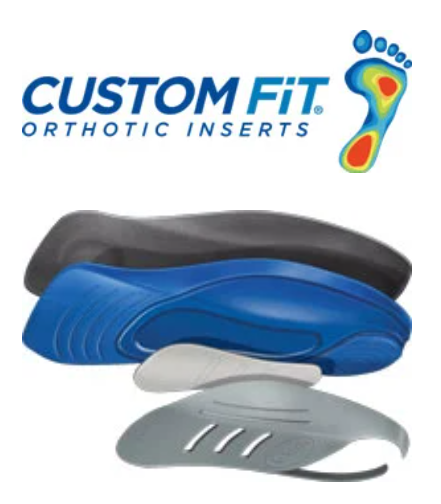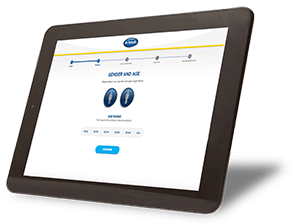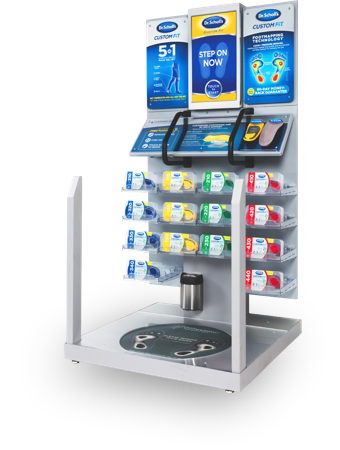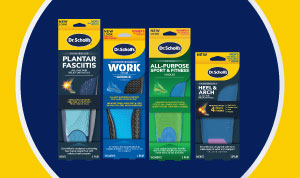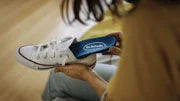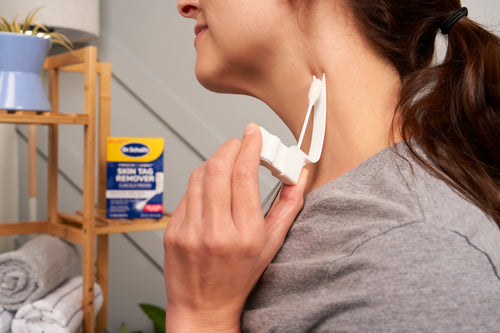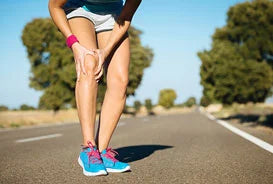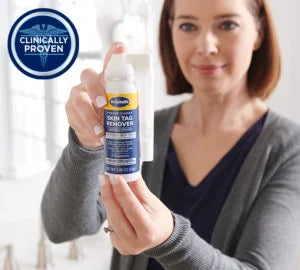Shin splints refer to the pain felt along the inner edge of your tibia, or shinbone. Also known as medial tibial stress syndrome, shin splints don’t actually occur in the shin bone, but in the connective tissues of the muscles around the shins.
THE FACTS ON SHIN SPLINTS:
WHAT ARE SHIN SPLINTS?
Repetitive activities, especially activities that put pressure on the forefoot such as climbing hills, can overwork the tissue and muscle that surround your shinbone, leaving the tissue, muscles, and tendons around your shinbone inflamed and sore. The symptoms of shin splints can include either a sharp, or a dull and throbbing pain, that occurs during and after exercise. They can be irritated by touching the affected area. The pain is more prominent during physical activity, but may linger afterwards as the condition gets worse.
If you are experiencing pain in the lower part of your leg near your shin, it is important to first seek medical advice for an accurate diagnosis and to get a treatment plan that is right for you.
WHAT CAUSES SHIN SPLINTS?
High-impact activity, like running and jumping, is the most common cause of shin splints, but the condition isn’t limited to sprinters. Anyone who suddenly increases mileage, switches workout surfaces (like going from mats to hard surfaces), or is making changes to their exercise routine may experience shin splints. These changes may include:
- Increasing the duration and intensity of your exercise, such as running further or across more difficult terrain.
- Increasing the frequency of your exercise, such as training more days of the week.
Along with runners, dancers and military recruits are also at a higher risk of developing shin splints. Also, those with high arches or flat feet, or who exercise with improper or worn out footwear, are more at risk for this condition.
HOW TO HELP PREVENT SHIN SPLINTS?
The good news is that you can prevent shin splints with some simple steps on your own:
- Wearing supportive shoes can be an important way to prevent shin splints. Worn-out shoes can place undue stress on your feet and shins. By choosing footwear or insoles with appropriate cushioning can lessen this stress. Prescription or over-the-counter orthotics can also be used, and may be especially helpful for those with flat feet. By supporting and stabilizing the foot, they can reduce stress on the shin and lower leg.
- Wearing orthotic inserts or insoles can help support your arches and absorb the shock of high-impact exercise. Dr. Scholl’s Running Insoles are clinically proven to help prevent pain from shin splints, plantar fasciitis and runner’s knee.
- Don’t overload your shins with too much running or high-impact activity at too high an intensity
- Strengthen and stabilize your legs, ankles, hips and core with light weight training. Cross-training with lower impact sports can also help reduce the stress on your feet and legs.
- Flexibility and strengthening exercises are also an important part of treatment and prevention for this condition. Try exercises that stretch out your lower legs, calves and Achilles tendon, such as calf stretches and toe raises.
Remember that when you do begin exercising, you should warm-up beforehand to prevent developing shin splints. If you begin feeling pain in your shins again, you should stop this activity and rest for several days, using ice compresses on your shins. You should reduce the intensity, duration, or frequency of your training even more when you next begin exercising.
If your shins do not recover using self-managed treatment methods, you may want to discuss your condition with your doctor. They may be able to determine if there is another cause for your shin splints and can advise you on further treatment.
HOW TO TREAT SHIN SPLINTS
Shin splints often heal on their own and usually require at least a couple weeks of rest from the activity that caused them. Low-impact exercise, such as swimming or stationary cycling, can keep you active during this time while your shins recover.
Other treatments for shin pain include over-the-counter pain relievers, which can provide relief from the pain and swelling, and using the RICE method:
- Rest – give your legs a break and time to heal, either by reducing your activity or avoiding movement altogether for a time
- Ice – keep an ice pack on for 20 minutes at a time every 3 or 4 hours for up to 2 days until the pain is gone
- Compression – wrap your shins for extra support and to help them warm up while active
- Elevation – prop up your legs on a pillow while you’re resting to further lighten the load
SHOP PRODUCTS FOR ARCH PAIN
EXPLORE MORE EXPERT ADVICE FROM DR.SCHOLL'S
Related Symptoms & Conditions
Frequently Asked Questions
How to get rid of shin splints?
Getting rid of shin splints can take time. Unfortunately, there’s no magic solution for making shin splints go away overnight. Rest is the most effective way to recover from shin splints. It’s generally advised to avoid the sport or activity that caused the shin splints for at least 2-4 weeks. It’s best to opt for low-impact sports like swimming and cycling instead of high-impact workouts during the recovery period. If the shin splints haven’t resolved after 2-4 weeks, more resting time may be necessary. It can take up to 6 months for shin splints to fully heal.
What do shin splints feel like?
Shin splints typically feel like a dull ache or a sharp pain along the inside edge of the shinbone. The shin may also be tender to the touch. The pain is usually worse during and after working out. Shin splint pain usually improves during inactive times.
How to heal shin splints?
Healing shin splints requires rest. Plan to take a break from any high-impact workouts that may have caused your shin splints. While you’re recovering, you can consider low-impact exercise such as walking, swimming and cycling. Regular icing can help with pain and inflammation, providing relief while your shin splints heal.
How long do shin splints last?
How long shin splints last depends on a number of factors including severity, health factors and recovery efforts. Pain from shin splints may improve after only a couple of weeks in some cases whereas in other cases, it can take up to 3-6 months for shin splints to resolve. Shin splints may last longer in people who don’t rest and take the time to allow for proper healing.
How to avoid shin splints?
There are a number of ways to help avoid shin splints.
- Balance your workouts — Ease into a new exercise routine slowly, gradually increasing frequency and intensity. Mix up your workouts, alternating high-impact days with low-impact days. A balanced exercise program can help reduce the risk of putting too much stress on the shins.
- Choose proper shoes — Wear good quality shoes designed for your specific type of workout. Ensure the shoes have good cushioning and support. If you’re a runner, change out your running shoes every 350-500 miles.
- Use running insoles — Consider using insoles with your running shoes for extra protection against shin splints. Dr. Scholl’s® Athletic Series Running Insoles help reduce the shock that can lead to painful shin splints. For a customized solution, consider Dr. Scholl’s® Performance Sized to Fit Running Insoles, which deliver a balance of support and cushioning to protect the legs against impact and fatigue.
- Stretch and strengthen — Warm up properly before you work out and stretch the legs thoroughly after you’re finished. Consider taking up strengthening exercises for the lower legs, which can help reduce the risk of shin splints.
How do you get shin splints?
You get shin splints by engaging in activities that put repeated stress on the lower legs. Shin splints are an overuse injury typically caused by introducing a new exercise into your routine too quickly or increasing the intensity or frequency of an exercise too fast. Exercises that put excess pressure on the forefoot can also put pressure on the muscles surrounding the shin, leading to a greater chance for shin splints. High-impact, repetitive exercises are the most common cause of shin splints. Runners, gymnasts and dancers are often impacted by shin splints. People who have flat feet or high arches also have an increased risk of shin splints.
What do shin splints look like?
Shin splints don’t usually produce symptoms that you can actually see. In some cases, there may be swelling along the shinbone in the lower leg. However, the inflammation is not usually visible.
How to stretch shin splints?
A number of stretches can be helpful for shin splints. Regularly stretching the calf muscles may provide some relief from shin splint pain. There are two muscles in the calf, the gastrocnemius and the soleus. Follow these steps to stretch both of these muscles:
- In a standing position, lean forward up against a wall, using your hands to stabilize yourself.
- Place the leg of the foot you want to stretch behind you while keeping both feet flat on the floor pointing towards the wall.
- Keep the leg behind you straight and bend the knee of the front leg until you feel a stretch in the calf of the leg behind you. This stretch focuses on the gastrocnemius muscle, which is the larger calf muscle that forms the primary shape of the calf. Hold the stretch for about 30 seconds and then release.
- Bend the knee of the leg behind you until you feel a stretch lower down in the calf. This stretch focuses on the soleus muscle, which is the smaller flat muscle located below the gastrocnemius. Hold the stretch for about 30 seconds and release.
You can repeat these stretches two or three times, several times a day. If the stretches cause pain or discomfort, stop immediately. Contact your doctor if the pain persists.
Where do shin splints hurt?
Shin splints typically hurt along the inside edge of the shinbone, which is the large bone in the lower leg. This is where the bone attaches to muscles.
How to cure shin splints?
There is no magic cure for shin splints but the pain does generally resolve on its own with simple, at-home measures. It’s important to avoid aggravating the lower legs to allow for healing. That means staying away from high-impact exercises like running and jumping until the pain is gone. Icing the shin area can be helpful for pain and inflammation. You can also take over-the-counter pain relievers. Some pain relievers like ibuprofen, aspirin and naproxen also provide anti-inflammatory benefits.
Additional Resources
- https://medlineplus.gov/ency/patientinstructions/000654.htm
- https://www.hopkinsmedicine.org/health/conditions-and-diseases/shin-splints
- https://orthoinfo.aaos.org/en/diseases–conditions/shin-splints/
- https://my.clevelandclinic.org/health/body/21662-calf-muscle
- https://www.mayoclinic.org/diseases-conditions/shin-splints/symptoms-causes/syc-20354105
- https://medlineplus.gov/ency/patientinstructions/000654.htm
- https://www.webmd.com/fitness-exercise/shin-splints
- https://www.healthline.com/health/shin-splint-stretches

